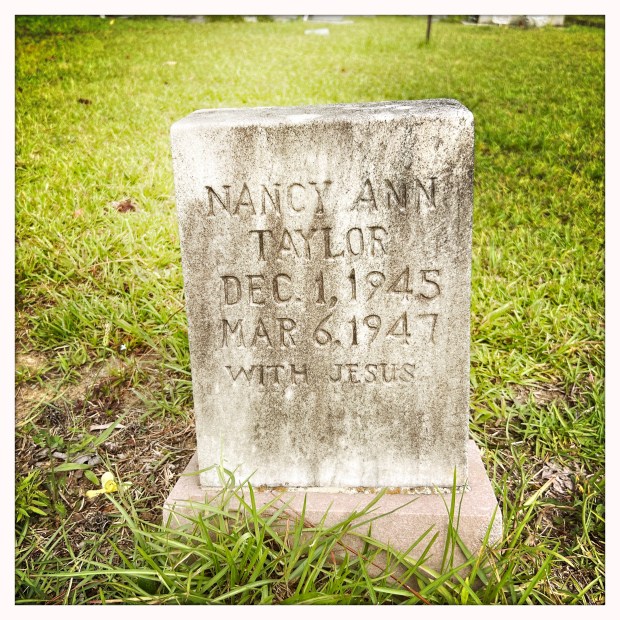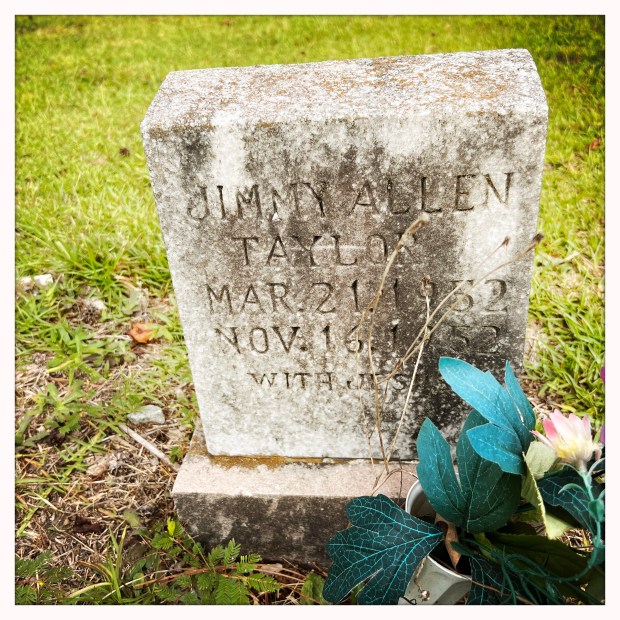

Deed book 68, page 10, Wilson County Register of Deeds, Wilson, N.C.
In December 1903, Orren and Hancy Best sold, for the nominal sum of five dollars, a lot on Nash Road to William J. Moore, Henry C. Phillips, John T. Tarboro, G. Albert Wood, and Byron D. McIver, trustees of Saint Stephen’s A.M.E. Zion Church. The 1200 square-foot lot bordered parcels owned by the Bests and Orren Best’s brother, Noah Best.
The deed of sale carried a restriction that the “premises shall be kept, used, maintained and disposed of as a place of worship for the use of the ministry and membership of the African Methodist Episcopal Zion Church in America.” It’s not clear if a church were ever constructed on the site (or in fact, exactly where on West Nash Street the lot was, though we know it was in Grabneck and roughly in today’s 1000 or 1100 block.)
——
- Henry C. Phillips
- John T. Tarboro — in the 1910 census of Plant City, Hillsborough County, Florida: preacher John T. Tarbor, 50, and wife Elberta, 20, laundress. In the 1920 census of Lincolnton, Lincoln County, N.C.: clergyman John T. Tarboro, 64, and wife Alberta, 29.
- Byron D. McIver — in the 1910 census of Hookerton township, Greene County, N.C.: clergyman Byron D. McIver, 44; wife Amanda, 29; and daughters Laura, 16, Minnie, 11, Katie, 6, Sarah, 3, and Bettie, 2. Byron David McIver died 25 September 1926 in Wilmington, N.C. and was buried in Snow Hill, Greene County.




















